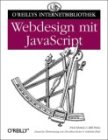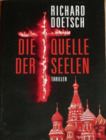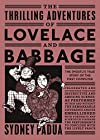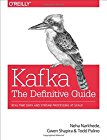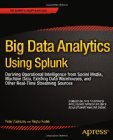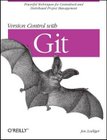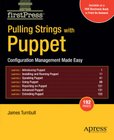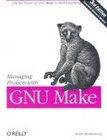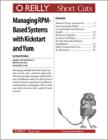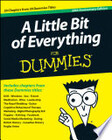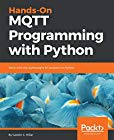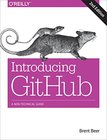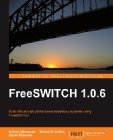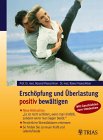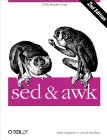
Once, when I picked up a book from the local library, the librarian asked to tell her what I thought about the book when I would bring it back. Well, why not write a few lines about all the books I read so everybody could see what I thought about it? I'm often also happy to have friends recommend a certain book or tell me this and that is not really worth reading. I won't comment about the tons of books I have read so far, but about books I read from now on.
| highly recommended | sehr empfohlen | |
| good reading | gutes lesematerial | |
| average | durchschnittlich | |
| not too interesting | nicht allzu interessant | |
| recommended not to read it | empfehlung das buch nicht zu lesen |

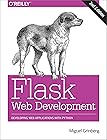











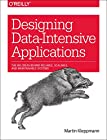
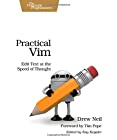














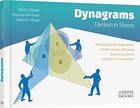






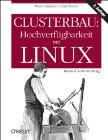


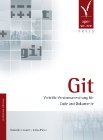




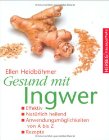

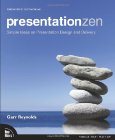


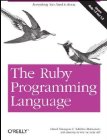








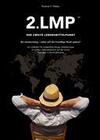



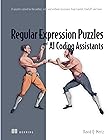













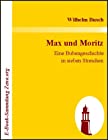







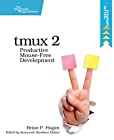
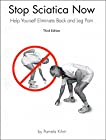





























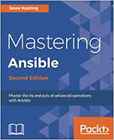



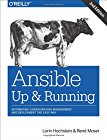



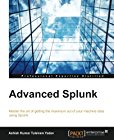










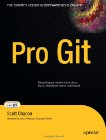






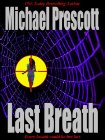




 |
|
|---|---|
| title | sed & awk |
| author | Dale Dougherty & Arnold Robbins |
| ISBN-10 | 1-565-92225-5 |
| ISBN-13 | 978-1-565-92225-9 |
| ASIN | |
| rating | |
| date | 2011-Aug-25 |
All of sed and awk that most unix users know, including many professional administrators, is 's/this/that/' and '{ print $1 }'
But there is so much more these two tools can do. And this book shows you how. In each of the two major parts things are laid out in a logical manner building up knowledge thoroughly from the ground up, all supported by lots of well explained examples.
Both, sed and awk, rely heavily on regular expressions and the authors don't let you down in this area either. Chapter 3 is dedicated to equip you with a well enough working knowledge of regular expressions. It surely is not as thorough as Jeffry Friedl's "Mastering Regular Expressions", but the chapter packs a lot of information into the 29 pages. Especially with awk, there are quite a number of different versions out there and they are not quite identical in feature scope. Differences among some major implementations are discussed as well. Finally, in the appendices, you can find a quick reference for both sed and awk.
As thorough (and even beginner friendly) as the book is, it does have one drawback: it is old. Much of the sample code deals with manipulating troff files or uucp logs. Both things many unix/linux users of today have no idea about. The reliance on such old samples is not a problem per se, they still do the job of demonstrating concepts and usage of sed and awk quite nicely. But these samples are much less applicable to sed/awk users today than they were twenty years ago when the first edition of this book was published. What I also think would be badly needed in an updated third revision is a discussion of how to use these tools with non-English charactersets and Unicode.
While this is an excellent book for learning to use sed and awk much more effectively, let's hope that the authors sometime get around to do an overhaul, provide samples which are more accessible today and also add a chapter or two about using these tools with the much larger and inherently more complex charactersets in common use today.





















